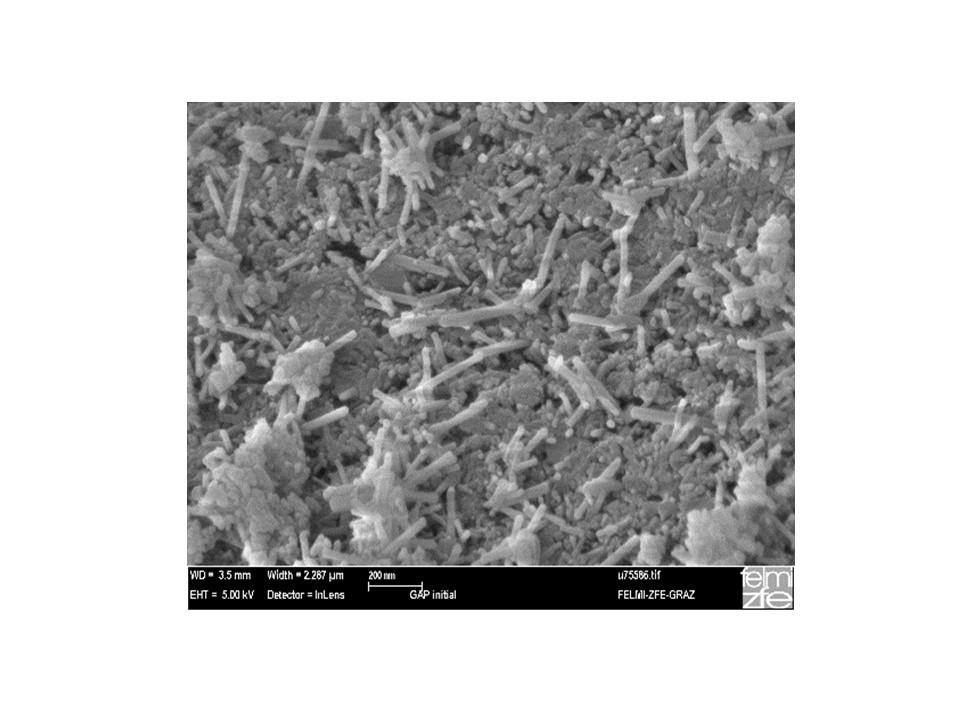NANOSYSTEMS: PHYSICS, CHEMISTRY, MATHEMATICS, 2018, 9 (4), P. 549–557
Effect of nonstoichiometry and amount of additives on the structure of HApTiOy mixtures produced by high-energy fragmentation
S.V. Rempel – Institute of Solid State Chemistry UB RAS, 91, Pervomaiskaya st., 620990, Ekaterinburg; Ural Federal University named after the first President of Russia B. N. Eltsin, 19, Mira st., 620002, Ekaterinburg, Russia; svetlana_rempel@ihim.uran.ru
K. A. Sergeeva – Far-Eastern Federal University, 8, Sukhanova st., 690090, Vladivostok, Russia
H. Schroettner – Institute for Electron Microscopy and Nanoanalysis, Graz University of Technology, Steyrergasse 17/III, A8010
Graz, Austria
A. A. Valeeva – Institute of Solid State Chemistry UB RAS, 91, Pervomaiskaya st., 620990, Ekaterinburg; Ural Federal University named after the first President of Russia B. N. Eltsin, 19, Mira st., 620002, Ekaterinburg, Russia
The nanoparticle sizes in hydroxyapatite (HAp), titanium monoxide (TiOy) and HApTiOy mixtures (y = 0:92; 1:23) have been studied by XRD and HRTEM techniques as a function of milling time. It was established that the high-energy milling does not lead to a considerable decrease in the particle size and to a variation in the HAp crystal lattice parameters, but it promotes 4-fold reduction of microstrains. It was shown that the dependence of the average size of crystal and structural parameters on the milling time for the HApTiOy mixtures is similar to that of initial HAp. The coherent scattering region of HAp does not depend on stoichiometry and TiOy content in the mixture and is ~ 15 ± 5 nm after milling for 480 min.
Keywords: titanium monoxide, hydroxyapatite, milling, mixtures, crystal structure, microstructure, phase composition.
PACS 81.20.n
DOI 10.17586/2220-8054-2018-9-4-549-557
